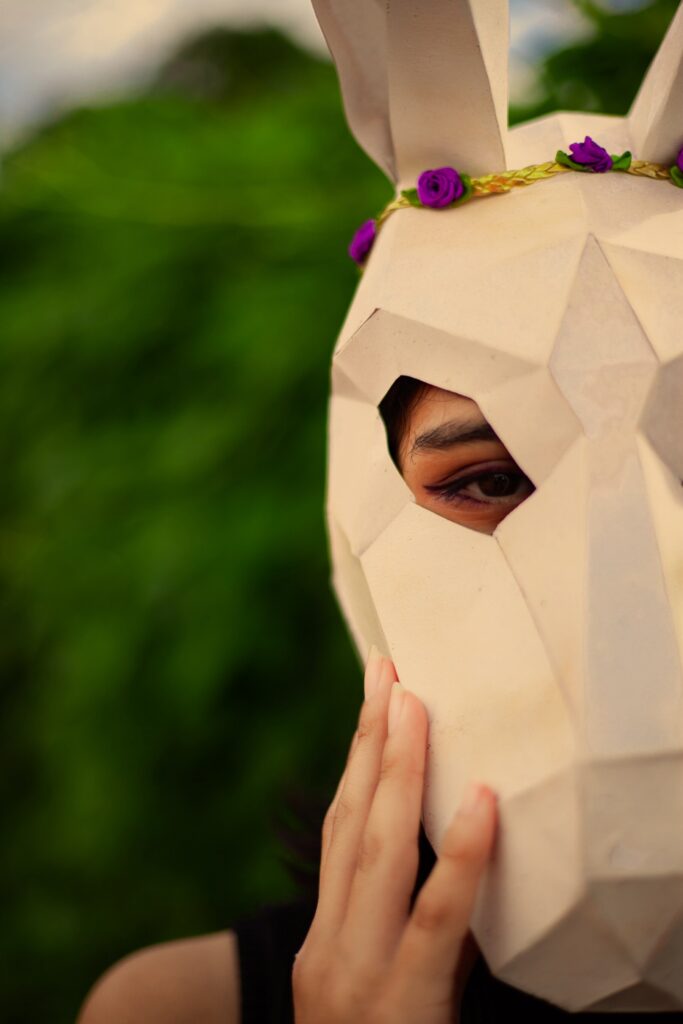What is pet play?
Puppies and kittens are popular options as the most common home pets (source). However, some people favor other creatures like horses, foxes, skunks, and raccoons. Depending on what people identify with most strongly, in the community, you’ll find that many people combine pet play with a variety of other kinks or fetishes, while others like to keep it distinct from everything else they do.
Some pet players view what they do as strictly social or lifestyle activities rather than sexual activities, and vice versa. This article unravels What is pet play?
The fundamentals of pet play are to act as the animal persona, but there are many other elements that may be added to make it more pleasurable. In other areas, we’ll go through the fundamentals of typical “additions”.
Aspects of Animals
Some people’s basic identifiers are their name and their species. Some people include extras like their favorite color, breed, or job. People frequently use the following elements when constructing their personas:
-
Name:
Although it’s not required, this is typically a nickname for them rather than their given name.
-
Species:
Are you a kitten or a puppy? Horses, raccoon’s, foxes, and other animals are there as well.
-
Color:
Your favorite color is OK because this doesn’t have to adhere to the hanky rule. Some people do adhere to the rule, but this is significantly more typical in a sexual setting.
-
Breed:
Some people want their pet to represent them in a particular breed. To do this, one must typically exhibit some of the breed’s defining traits.
-
Role:
While many people opt to play a certain role, usually one that involves caring for puppies in a pack, you are not required to. This usually refers to any form of animal group, such as a wolf or dog pack.
In other roles:
It’s okay if you don’t want to act like an animal; you can still participate in other roles. After all, a “dominant” role is provided by the: docs: ‘history’ of pet play.
There are several names and subtle variations in the job, but in pet play, “handlers,” “masters” or “mistresses,” or just about anyone who controls or looks after the animals, are most common.
These roles are most frequently described as:
This role is often more sexual in nature and is comparable to a dominant one. While giving their dogs proper care is crucial, many people still treat them like animals. Depending on the relationship and how it fits with its dynamics, this can be positioned either way. The position of the handler is normally nonsexual and can include people who don’t “own” any particular animals but enjoy taking care of them. People who fill this function at events often assist in taking care of the group as a whole rather than “their” dogs. It can happen in a specific Dominant/Submissive relationship at times, but it can also happen (or both) when someone just enjoys taking care of puppies, kittens, and everything in between.
Headspace
The sense when your mind is in a position where it is fully behaving as your animal character, or just in the mood for acting it out, is referred to as being in headspace. Like most things in pet play, there are several solutions for various people.
For some people, this can become extremely complex and involved. For those more accustomed to BDSM, a comparable concept is referred to as “sub-space”. Basically, think like you would anticipate your animal’s thinking. This fits your persona; thus, if you’re a pup, you might be enthusiastic and wish to play with toys in a straightforward manner.
Others discover a trigger to assist them in entering their “headspace”. This can take the form of words, a whistle, or for many, donning their hood and other gear to project their character.
The emotions that pets experience when in their “headspace” might vary greatly. Some people are so deeply immersed in their headspace that they purely do not respond to their human names or human behaviors, while others could not even feel as though they had one.
For more info: hanstrek.com

